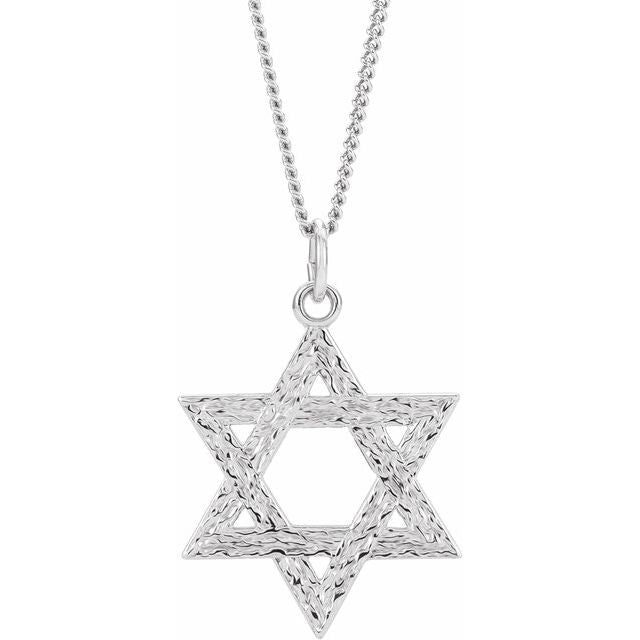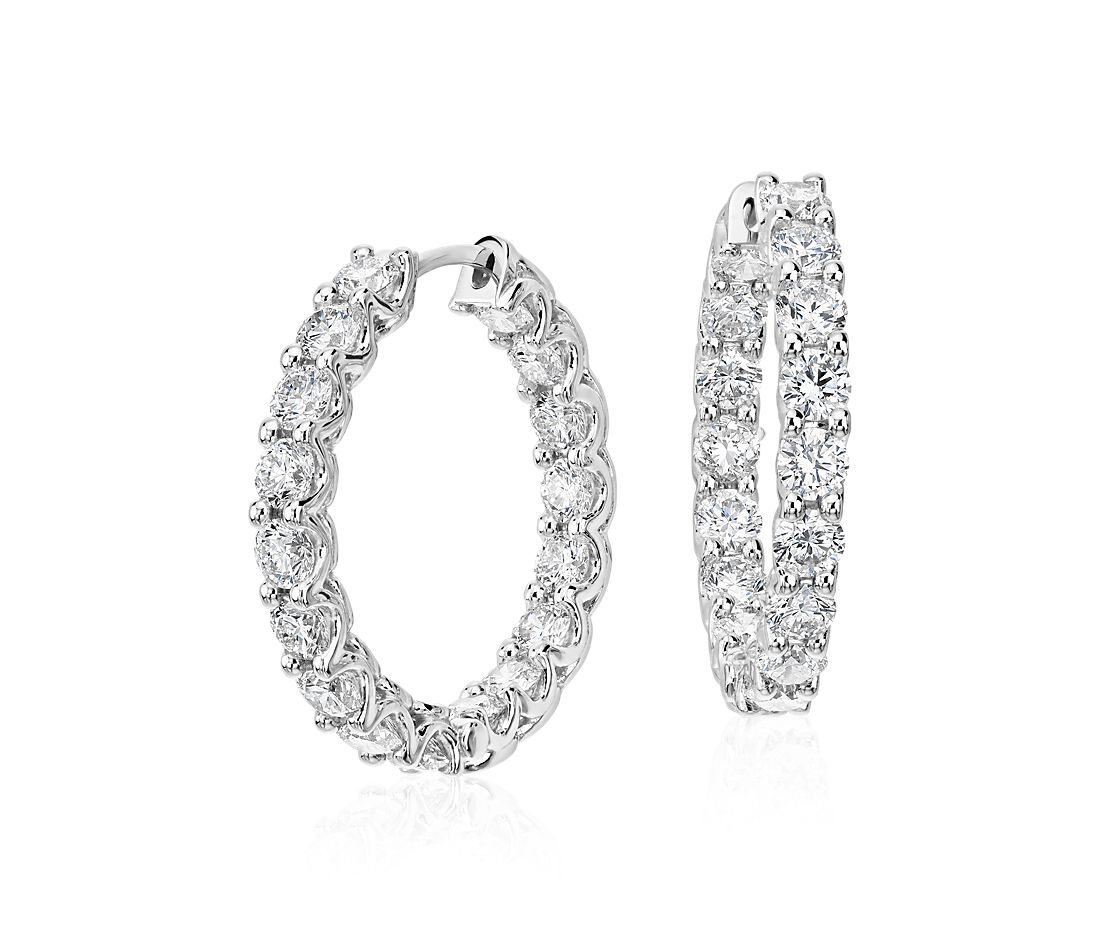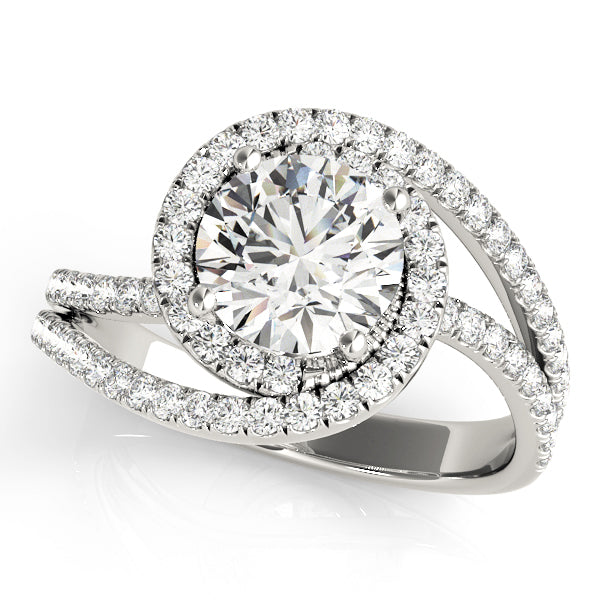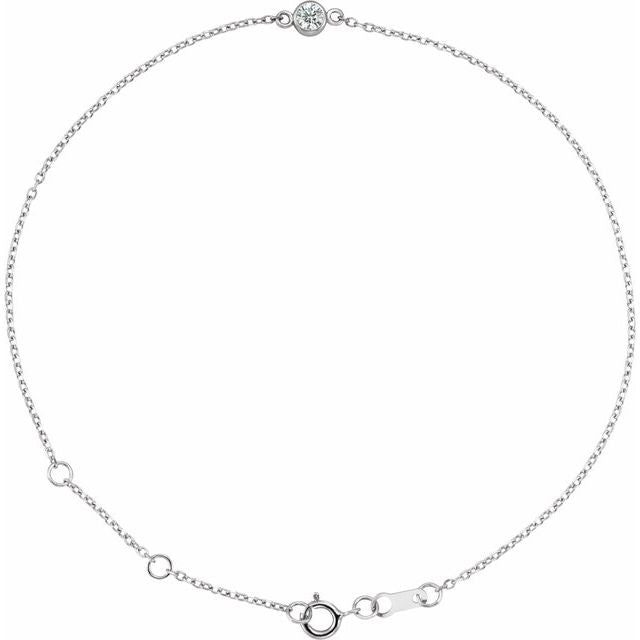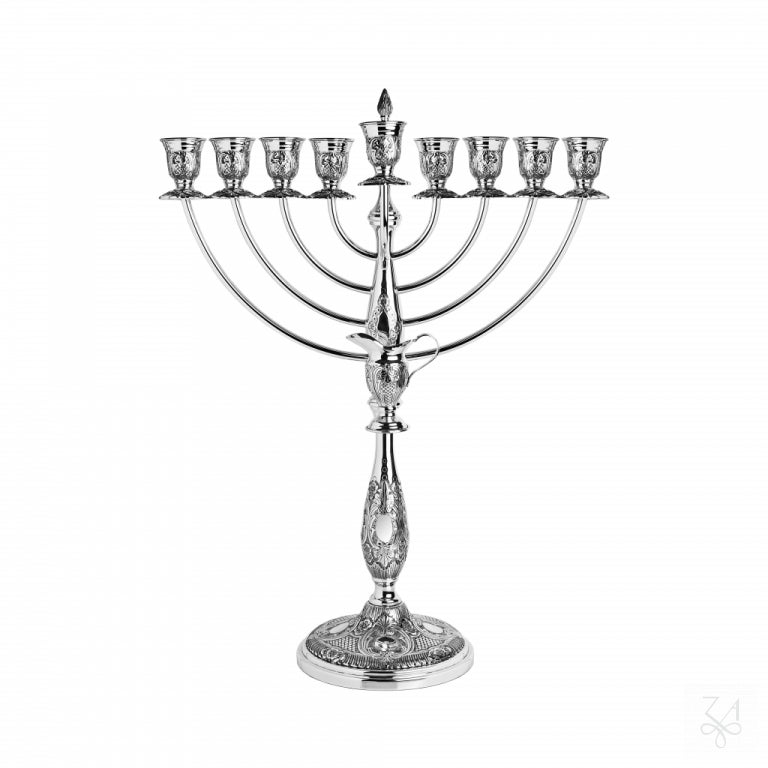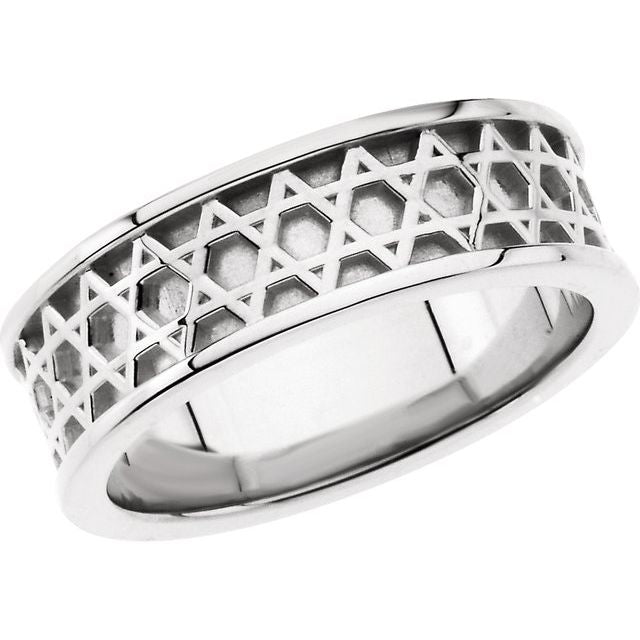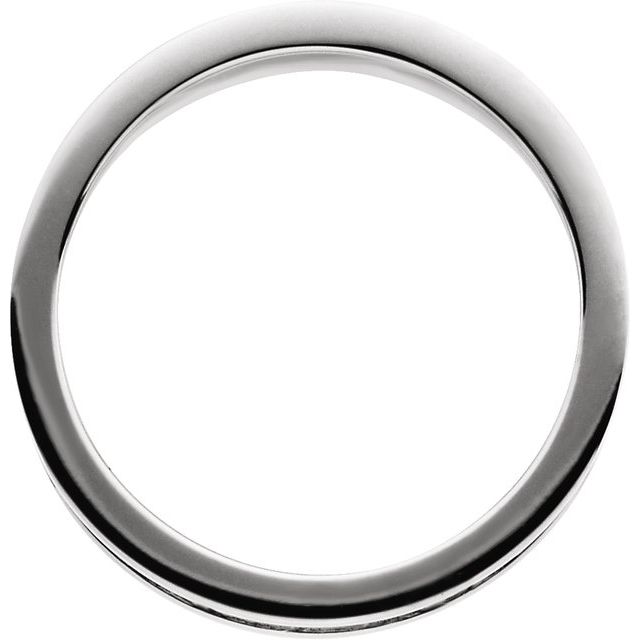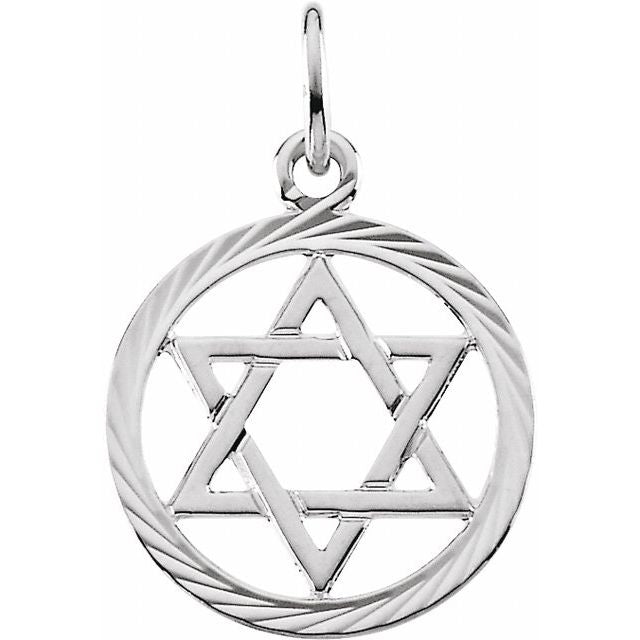How to Repair a Clasp on a Bracelet or Necklace: A Complete Guide
There's something uniquely heartbreaking about reaching for your favorite piece of jewelry only to discover that the clasp has broken. Perhaps it's a cherished necklace gifted by a loved one, or a bracelet that perfectly complements your favorite outfit. Whatever the case, a broken clasp doesn't have to spell the end for your beloved accessory. With a bit of knowledge, some basic tools, and a touch of patience, you can restore your jewelry to its former glory right from the comfort of your home.
Jewelry clasps endure considerable stress with each wear. They're constantly being opened and closed, tugged at, and sometimes caught on clothing or hair. It's no wonder they're often the first component to fail on an otherwise perfectly good piece of jewelry. The good news is that clasp repair is one of the most straightforward jewelry fixes you can tackle yourself, potentially saving you a trip to the jeweler and the associated costs.
In this comprehensive guide, we'll walk through everything you need to know about repairing different types of clasps on bracelets and necklaces. From identifying your clasp type to step-by-step repair instructions, and even preventative maintenance tips to avoid future breakages, we've got you covered. So gather your tools, clear some workspace, and let's breathe new life into those treasured accessories that have been languishing in your jewelry box.

Understanding Jewelry Clasps: Types and Common Issues
Before diving into repairs, it's essential to identify what type of clasp you're working with. Different clasps require different repair approaches, and knowing what you're dealing with will make the process much smoother.
Common Types of Jewelry Clasps
Spring Ring Clasps: Perhaps the most ubiquitous, these round clasps have a small spring-loaded mechanism that opens when you pull back on a tiny lever. They're commonly found on lighter necklaces and bracelets. Spring rings frequently fail when the spring mechanism wears out or the lever breaks off.
Lobster Clasps: Named for their resemblance to a lobster claw, these clasps are sturdier than spring rings and work similarly with a spring-loaded lever. They're versatile and appear on various jewelry types. Common issues include spring failure or the lever becoming bent or stuck.
Toggle Clasps: These decorative clasps consist of a bar that passes through a ring to secure the jewelry. While aesthetically pleasing, they can be less secure than other types. The most common problem is the ring portion becoming misshapen, preventing the bar from staying in place.
Box Clasps: These rectangular clasps have one end that inserts into a "box" on the other end, usually secured with a tongue that clicks into place. They often appear on pearl necklaces and tennis bracelets. Box clasps frequently fail when the tongue mechanism wears out or breaks.
Magnetic Clasps: Consisting of two magnetized ends that attract each other, these clasps are easy to use but generally less secure. The magnets can lose strength over time, or the housing around them can break.
Barrel Clasps: These cylindrical clasps have two ends that screw together. They're secure but can be challenging to manipulate. The threading inside the barrel can wear down, making it difficult to screw the pieces together properly.
Hook and Eye Clasps: Simple in design, one end has a hook that catches in a small ring or loop on the other end. These clasps can bend out of shape or the eye portion can stretch over time.
Diagnosing the Problem
Before attempting any repair, take a close look at your clasp to determine exactly what's wrong. Common issues include:
Broken springs: If your spring ring or lobster clasp no longer "snaps" closed, the spring may have broken or worn out.
Bent components: Clasps with bent parts won't align properly, making them difficult to close or insecure when closed.
Worn mechanisms: Box clasps and barrel clasps have internal components that can wear down over time, preventing them from staying closed.
Detached jump rings: Often, the problem isn't with the clasp itself but with the jump rings (small metal rings) that connect the clasp to the jewelry. These can bend open or break entirely.
Stretched or misshapen parts: Toggle clasp rings or hook and eye components can stretch or become misshapen with use.
Take your time with this diagnostic step. Understanding exactly what's wrong will help you determine whether a repair is possible and what approach to take.

Essential Tools and Materials for Clasp Repair
Having the right tools on hand makes jewelry repair significantly easier and more successful. Here's what you'll need for most clasp repairs:
Basic Tools
Needle-nose pliers: The workhorse of jewelry repair, these allow you to grip small components precisely. Having two pairs is ideal for many repairs.
Chain-nose pliers: Similar to needle-nose but with flat inner surfaces that won't mar your jewelry.
Round-nose pliers: These have tapered, round jaws perfect for making loops and bends in wire.
Wire cutters: For cutting jump rings, wire, or removing damaged components.
Tweezers: Helpful for manipulating tiny parts or applying glue precisely.
Magnifying glass or loupe: Jewelry components are small, and seeing the details clearly is crucial for successful repairs.
Small scissors: Useful for cutting thread if you're working with strung jewelry like pearl necklaces.
Jeweler's cloth: For cleaning your jewelry before and after repairs.
Materials for Replacement and Repair
Replacement clasps: Available at craft stores or online, in various styles, sizes, and metals to match your jewelry.
Jump rings: These small metal rings connect clasps to jewelry. Have an assortment of sizes and metals on hand.
Jewelry wire: Useful for creating custom solutions or reinforcing repairs.
E6000 or jewelry glue: For repairs where mechanical connections aren't possible or need reinforcement.
Beeswax or thread conditioner: If restringing is necessary for necklaces.
Beading thread or silk cord: For restringing necklaces or bracelets.
Crimp beads: Small metal beads that can be flattened to secure beading wire.
Solder and flux: For more advanced repairs on metal clasps (optional).
Setting Up Your Workspace
Creating an appropriate workspace is often overlooked but crucial for successful jewelry repair:
Find a well-lit area, preferably with natural light or a good desk lamp. A comfortable chair at a table or desk of appropriate height will prevent back strain during detailed work.
Cover your work surface with a light-colored cloth or jeweler's mat. This provides contrast to see small parts and prevents components from rolling away or getting lost. Keep a small container or tray nearby to hold tiny parts securely.
Ensure you have good ventilation if using glues or solvents, and keep water and paper towels handy for clean-up. Having all your tools and materials organized and within reach before you begin will make the repair process much smoother.
Step-by-Step Repair Guide for Common Clasp Types
Now that you understand the different clasp types and have your tools ready, let's dive into specific repair techniques for each common clasp type.
Repairing Spring Ring Clasps
Spring ring clasps are among the most common but can be challenging to repair due to their small size and internal spring mechanism. Here's how to address common issues:
For a stuck or sluggish mechanism:
First, try cleaning the clasp. Soak it in warm water with a drop of mild dish soap for about 15 minutes. Use an old, soft toothbrush to gently scrub around the lever and opening. Rinse thoroughly and dry completely.
If cleaning doesn't help, try applying a tiny amount of graphite powder (from a pencil) to lubricate the mechanism. Work the lever back and forth several times to distribute the lubricant.
For a completely broken spring mechanism:
Unfortunately, repairing the internal spring is extremely difficult without specialized tools. In most cases, replacing the entire clasp is the most practical solution.
To replace a spring ring clasp:
-
Use two pairs of pliers to open the jump rings connecting the old clasp to your jewelry. Hold one side of the jump ring with each pair of pliers, then twist in opposite directions (never pull apart, as this will distort the ring).
-
Remove the old clasp and set aside.
-
Thread your new clasp onto the open jump rings.
-
Use your pliers to close the jump rings by twisting them back into alignment. Ensure there's no gap where the ends meet.
Fixing Lobster Clasps
Lobster clasps are more durable than spring rings but can still develop issues:
For a bent lever or claw:
Carefully use your chain-nose pliers to straighten the bent component. Work slowly and make small adjustments to avoid breaking the metal.
For a stuck mechanism:
Follow the same cleaning procedure described for spring ring clasps. If the lever still sticks, a tiny drop of mineral oil applied with a toothpick can help lubricate the spring.
For a broken clasp:
Replacement is typically the best option. Follow the same jump ring technique described above to swap out the damaged clasp for a new one.
Repairing Toggle Clasps
Toggle clasps are relatively simple mechanically but can still fail:
For a misshapen ring:
If the ring portion has become oval or otherwise distorted, use your round-nose pliers to carefully reshape it into a perfect circle. Work gradually, making small adjustments and checking the fit with the bar component frequently.
For a bent bar:
Use chain-nose pliers to carefully straighten the bar. Check that it's the correct length to pass through the ring while still being long enough not to slip out easily.
For a complete replacement:
Toggle clasps are usually attached with jump rings on both the bar and ring components. Use the technique described earlier to open these jump rings, remove the old clasp, and attach the new one.
Fixing Box Clasps
Box clasps have more complex internal mechanisms but can often be repaired:
For a clasp that won't stay closed:
The internal tongue mechanism may be worn or bent. Carefully insert a small flathead screwdriver or the tip of your chain-nose pliers into the box portion and gently bend the tongue upward slightly. This should create more tension when the clasp is closed.
For a clasp that won't open:
The tongue may be bent too far upward. Insert your tool and gently press the tongue downward slightly.
For a completely broken mechanism:
Replacement is usually necessary. Box clasps are typically attached with jump rings or soldered directly to the jewelry. For jump ring attachments, use the standard replacement technique. For soldered connections, you may need professional assistance unless you're experienced with jewelry soldering.
Repairing Magnetic Clasps
Magnetic clasps are simple but have their own set of issues:
For weakened magnets:
Unfortunately, if the magnets have lost their strength, the only solution is replacement. Follow the jump ring technique to remove the old clasp and attach a new one.
For damaged housing:
If the metal housing around the magnets is dented or damaged, but the magnets still work well, you can sometimes repair it using chain-nose pliers to carefully reshape the metal. Be gentle to avoid damaging the magnets inside.
Fixing Barrel Clasps
Barrel clasps rely on threaded connections that can wear out:
For clasps that won't screw together properly:
Examine the threading inside both halves. If dirt or debris is present, clean thoroughly with a toothpick and rubbing alcohol.
If the threads are stripped or worn, replacement is usually necessary. Barrel clasps are typically attached with jump rings, so use the standard replacement technique.
For clasps that come unscrewed too easily:
Apply a tiny amount of clear nail polish to the threads of one half. Let it dry partially (until tacky), then screw the clasp together. This creates additional friction to prevent unwanted opening.
Repairing Hook and Eye Clasps
These simple clasps can be straightforward to fix:
For a bent hook:
Use your chain-nose pliers to carefully reshape the hook. Ensure it's curved enough to catch securely in the eye but not so curved that it's difficult to fasten.
For a stretched or misshapen eye:
If the eye portion has stretched open, use your chain-nose pliers to carefully pinch it back to a size that securely holds the hook. If it's severely stretched, replacement may be necessary.
Advanced Repair Techniques for Serious Damage
Sometimes, clasp issues are more complex than simple mechanical problems. Here are some advanced techniques for more serious repairs:
Soldering Techniques for Metal Clasps
If you're comfortable with basic soldering, you can make more permanent repairs to metal clasps:
For broken attachment points:
-
Clean both surfaces thoroughly with rubbing alcohol.
-
Apply a small amount of flux to both surfaces.
-
Place a small piece of solder on the joint.
-
Heat gently with a jewelry torch until the solder flows.
-
Allow to cool completely before handling.
Safety note: Soldering requires proper ventilation and safety equipment. If you're not experienced with jewelry soldering, consider seeking professional help for these repairs.
Reinforcing Weak Clasps
Sometimes a clasp works but doesn't feel secure enough:
Adding a safety chain:
For valuable jewelry, consider adding a safety chain—a small chain with a spring ring or lobster clasp that connects both ends of your jewelry as a backup to the main clasp.
-
Attach a jump ring near each end of your jewelry.
-
Measure and cut a small length of chain that spans the distance when the jewelry is clasped.
-
Attach a small clasp to one end of this chain.
-
Connect the chain and clasp between the two jump rings you added.
Doubling up on clasps:
For particularly valuable or frequently worn pieces, consider using two clasps in tandem:
-
Create a small extension chain of 3-4 links.
-
Attach this between one end of your jewelry and the clasp.
-
This gives you two points of connection, significantly reducing the chance of loss.
Replacing Attachment Points
Sometimes the problem isn't the clasp itself but how it connects to the jewelry:
For worn or broken loops on the jewelry:
-
Create a new attachment loop using jewelry wire that matches your piece.
-
Thread this through the last link or bead of your jewelry.
-
Use round-nose pliers to form a secure loop.
-
Attach your clasp to this new loop.
For stretched or damaged chain ends:
-
Cut away the damaged portion of the chain using wire cutters.
-
Attach a new jump ring to the healthy portion of the chain.
-
Connect your clasp to this new jump ring.
Restringing Techniques for Necklaces and Bracelets
Sometimes fixing a clasp on a beaded necklace or bracelet requires restringing:
Basic Restringing Process
-
Carefully disassemble your piece, keeping the beads in order (laying them out on a bead board or towel with a center groove).
-
Cut an appropriate length of beading thread or wire (about 4-6 inches longer than your finished piece).
-
If using thread, condition it with beeswax for strength and to prevent fraying.
-
Attach your clasp to one end using a secure knot or crimp bead.
-
String your beads in the original order.
-
Attach the other end of your clasp, ensuring proper tension.
Securing Clasps on Strung Jewelry
For thread or silk cord:
-
Thread your cord through the clasp loop.
-
Create a surgeon's knot by making a simple overhand knot, then passing through the same loop again.
-
Add a drop of clear nail polish or jewelry glue to the knot for security.
-
Once dry, trim excess cord close to the knot.
For beading wire:
-
Thread a crimp bead onto your wire, then pass through the clasp loop.
-
Pass back through the crimp bead, creating a small loop.
-
Use crimp pliers to flatten the crimp bead securely.
-
Trim excess wire, leaving a small tail.
Preventative Maintenance to Extend Clasp Life
An ounce of prevention is worth a pound of cure, especially with jewelry clasps:
Regular Inspection and Maintenance
Develop a habit of checking your jewelry clasps regularly:
Gently test the closing mechanism to ensure it's secure. Look for signs of wear, such as thinning metal or loose components. Clean clasps regularly to prevent buildup that can affect their function.
For frequently worn pieces, consider having a jeweler check them annually, particularly for valuable items.
Proper Jewelry Storage
How you store your jewelry significantly impacts clasp longevity:
Store necklaces and bracelets unclasped to reduce spring tension in spring ring and lobster clasps. Use individual jewelry pouches or compartments to prevent tangling and excessive stress on clasps.
For valuable pieces, consider storing them in a way that suspends the piece with the clasp supported to prevent pressure on the mechanism.
Careful Wearing Habits
How you put on and remove jewelry affects clasp lifespan:
Always open clasps fully when putting on or removing jewelry, rather than forcing them over your hand or wrist. Avoid pulling on the clasp itself when removing jewelry—instead, open the mechanism properly.
Remove jewelry before swimming, showering, or applying cosmetics to prevent chemical damage to clasps. Consider removing jewelry before strenuous activities that might stress the clasp.
When to Seek Professional Help
While many clasp repairs can be handled at home, some situations call for professional assistance:
Signs That DIY Isn't Appropriate
Consider seeking a professional jeweler when:
The jewelry is valuable or has sentimental importance where mistakes would be costly. The metal is high-quality gold, platinum, or contains gemstones near the clasp area. The repair requires specialized tools like laser welders or ultrasonic cleaners.
You've attempted a repair and it hasn't held up or has made the problem worse.
Finding a Reputable Jewelry Repair Service
Not all jewelry repair services are created equal:
Ask for recommendations from friends or family who have had successful repairs. Check online reviews and ask to see examples of similar repairs they've completed. Inquire about their experience with your specific type of jewelry and clasp.
Get a clear estimate before proceeding, and ask about guarantees on their work.
Cost Considerations: DIY vs. Professional Repair
When deciding whether to DIY or seek professional help, consider:
The value of the jewelry compared to repair costs. Your comfort level with detailed handwork. The tools you already own versus those you'd need to purchase.
Sometimes, professional repair is actually more cost-effective when you factor in the cost of tools and materials for a one-time repair.
Creative Solutions for Unique Clasp Problems
Sometimes standard repairs don't address your specific issue. Here are some creative approaches:
Clasp Conversion Options
If you consistently struggle with a particular clasp type:
Consider converting from a difficult-to-use clasp (like a small spring ring) to a more manageable option (like a magnetic clasp with a safety mechanism). For valuable jewelry, discuss conversion options with a professional jeweler to ensure security isn't compromised.
Adapting Clasps for Accessibility Issues
For those with dexterity challenges:
Magnetic clasps can replace more difficult mechanisms for those with arthritis or limited hand strength. Clasp extenders can make existing clasps easier to reach and manipulate. Lever-back earrings can replace post or hook styles for easier handling.
Upcycling Old Jewelry for Clasp Parts
Before discarding broken jewelry:
Salvage functional clasps from otherwise unwearable pieces. Keep a "parts box" of components from old jewelry for future repairs. Consider how unique clasps might be repurposed into new designs.
Conclusion: Mastering the Art of Clasp Repair
Repairing jewelry clasps is both a practical skill and a way to preserve precious memories. With the techniques covered in this guide, you're now equipped to tackle most common clasp issues and extend the life of your favorite accessories.
Remember that patience is perhaps the most important tool in jewelry repair. Take your time, work in good light, and don't hesitate to step away and return with fresh eyes if you encounter frustration. With practice, you'll develop the confidence to keep your jewelry collection functional and beautiful for years to come.
Whether you're salvaging a thrift store find, preserving a family heirloom, or simply avoiding the cost of professional repair, the ability to fix jewelry clasps empowers you to maintain your accessories on your own terms. And there's something uniquely satisfying about wearing a piece you've restored with your own hands.
So the next time you discover a broken clasp, rather than relegating that piece to the bottom of your jewelry box, remember that with a few simple tools and techniques, you can likely restore it to wearable condition—perhaps even making it stronger and more secure than it was originally.
References
• Smith, J. (2023). "The Complete Guide to Jewelry Repair." Crafters Publishing. https://www.craftersguides.com/jewelry-repair
• Johnson, A. (2022). "Jewelry Making and Repair for Beginners." Artisan Press. https://www.artisanpress.com/jewelry-beginners
• International Gem Society. (2023). "Jewelry Clasp Types and Repairs." https://www.gemsociety.org/jewelry-clasps
• American Jewelry Institute. (2022). "Professional Techniques for Jewelry Repair." https://www.jewelryinstitute.org/repair-techniques
• Williams, S. (2023). "Metalsmithing for Jewelry Makers." Creative Publishing. https://www.creativepublishing.com/metalsmithing
• Beading Daily. (2023). "Essential Guide to Stringing and Restringing." https://www.beadingdaily.com/stringing-guide
• Thompson, R. (2022). "Working with Fine Jewelry: Repair and Restoration." Heritage Crafts Publications. https://www.heritagecrafts.com/fine-jewelry
• Davis, M. (2023). "Accessibility in Jewelry: Adapting Clasps for All Users." Inclusive Design Press. https://www.inclusivedesign.org/jewelry-accessibility



